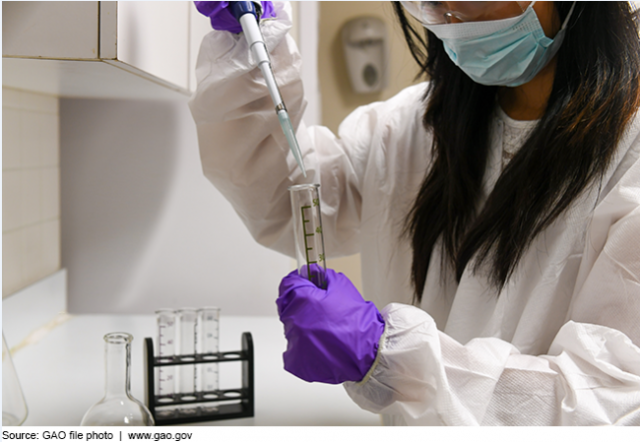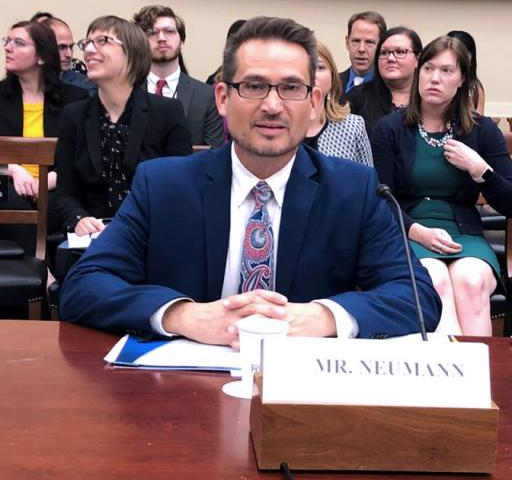On National STEM Day, Combatting Sexual Harassment in STEM Research
Research in science, technology, engineering, and math (STEM) plays a critical role in enhancing the nation’s competitiveness. Here on the WatchBlog, we’ve explored the federal government’s role in supporting STEM education, diversifying the pipeline of STEM talent, and increasing women’s access to federal funding for STEM.
Today on National STEM Day, we discuss federal efforts to combat a threat to the integrity and fairness of STEM research: sexual harassment.
The impact of sexual harassment
In recent years, prominent STEM researchers have engaged in or been accused of sexual harassment, according to a number of media reports.
Title IX prohibits sexual harassment and other discrimination in federally funded education programs and activities, including STEM research. Sexual harassment is not only illegal and degrading—it also makes it more difficult for women to engage in this field and undermines the quality and fairness of our nation’s research.
How sexual harassment shows up in STEM research
According to the National Academies of Sciences, Engineering, and Medicine, female students in engineering and medical majors experience sexual harassment significantly more than female students in non-STEM fields. The most common form of sexual harassment is gender harassment, which generally involves hostility, exclusion, or other discrimination based on a person’s gender, but sexual harassment also includes sexual coercion and unwanted sexual behavior.
There are several factors that can allow sexual harassment to occur:
- Perceived tolerance for sexual harassment in environments where men outnumber women and leadership is male dominated
- Environments in which the power structure of an organization is hierarchical with strong dependencies on those at higher levels or in which people are geographically isolated
- Increased focus on symbolic compliance with Title IX
- Uninformed leadership on campus
Agency steps to address the problem
GAO’s John Neumann recently testified on our preliminary work examining federal efforts to help prevent sexual harassment by STEM research grantees.
John Neumann, Managing Director of GAO’s Science, Technology Assessment, and Analytics Team, testifying before the House Committee on Science, Space, and Technology
Our initial observations show that the 5 agencies that provide most of the federal STEM research grant funding have taken steps to strengthen their policies to prevent sexual harassment at universities. In addition, the National Science Foundation has implemented new requirements for universities to report sexual harassment, and officials said the number of complaints and related requests has since increased. The agencies have also taken steps to coordinate with each other to address the culture and climate for women in STEM.
However, all 5 agencies reported challenges in obtaining and sharing information, which may increase the risk of “passing the harasser”—a situation in which a researcher is found to have sexually harassed someone at one university and then gets employment or funding from another university or agency without the university or agency being aware of the researcher’s history.
We did not make any recommendations, but we are continuing our work on this topic. To learn more, read the full testimony.
- Comments on GAO’s WatchBlog? Contact blog@gao.gov.
GAO Contacts
Related Products

GAO's mission is to provide Congress with fact-based, nonpartisan information that can help improve federal government performance and ensure accountability for the benefit of the American people. GAO launched its WatchBlog in January, 2014, as part of its continuing effort to reach its audiences—Congress and the American people—where they are currently looking for information.
The blog format allows GAO to provide a little more context about its work than it can offer on its other social media platforms. Posts will tie GAO work to current events and the news; show how GAO’s work is affecting agencies or legislation; highlight reports, testimonies, and issue areas where GAO does work; and provide information about GAO itself, among other things.
Please send any feedback on GAO's WatchBlog to blog@gao.gov.






